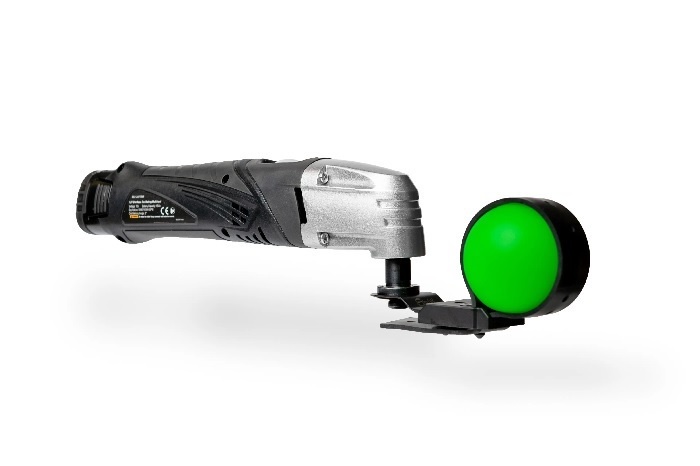Sandblasting is a process that relies on air pressure and various materials to clean and prep metal surfaces. Fine particles of abrasive material are propelled at high velocity toward a surface, cleaning or etching it. Also called abrasive blasting, sandblasting equipment usually has an air compressor to spray abrasive particles against a surface. Done under high pressure, sandblasting creates a smoother, even texture. That makes it a highly efficient surface-finishing process.
What Does Sandblasting Do?
Sandblasting uses abrasive particles to create a smoother surface, much like sandpaper. It wears away at excess or unwanted material on the surface using rough and gritty particles. When you use sandpaper, repeatedly rubbing it against the surface generates a shiny, smooth, and even outcome. Sandblasting produces the same result by using pressurized sand.
What is a Sandblasting Cabinet?
Several sandblasting equipment can be used for the process. One of the most popular options you’ll encounter is sandblaster cabinets. A sandblasting cabinet, also known as a media blast cabinet or abrasive blasting cabinet, are metal boxes with windows, openings, and attached gloves. The gloves allow you to use materials with abrasive properties to smooth out rough surfaces. Sandblasting is also used to remove imperfections in scraps of old paint, rust or metal. To clean and prepare metal surfaces, sandblasting uses air pressure and a variety of compounds. A surface is cleaned or etched by the high-velocity propulsion of tiny abrasive particles. Sandblasting equipment, also known as abrasive blasting, typically comprises an air compressor to spray abrasive particles against a surface. Sandblasting produces a smoother, more uniform texture when carried out under high pressure. As a result, it is a very effective surface-finishing procedure.
What are the Cabinet Styles?
Sandblasting cabinets are available in three styles.
- Standard cabinets are fixed in place and have openings on both sides and the front. If your team is working on small to medium-sized objects, consider this option.
- Split-level cabinets are also fixed in place. However, they have a hatch-top opens upward, resulting in a larger workspace. If your team handles larger or heavier objects, this is a more ideal choice for your company.
- Portable cabinets are for companies that work with small, delicate objects. You can make detailed modifications with a portable sandblaster cabinet, also called mini sandblasters. If you require sandblasting equipment that offers remote control operation, look for portable sandblasting cabinets on sale.
How Do You Choose Sandblasting Tools?
If you’re shopping for sandblasting equipment and accessories, here are questions to help you determine which options are ideal for you and your team.
- What will you use the sandblasting cabinet for? What’s the size of the item? Whether your company handles small and delicate or large objects, you’ll need to consider that before you buy another cabinet.
- What is your price range? Don’t choose the cheapest option on the market to save on costs. Consider which option delivers the best value for your money instead. Set a realistic budget to make sure you have more than enough capital to cover the cost of the sandblasting tools. Investing in new equipment helps improve your team’s efficiency and productivity.
- What can the cabinet do? Look at the features of the sandblasting equipment. Do they provide the support you need? Can those features help you achieve the results you want? Some cabinets may only offer basic functions, and some may be more complex and advanced. It will depend entirely on the level of functionality you require.


No comments yet